AfterAll25
TPF Noob!
- Joined
- Apr 28, 2013
- Messages
- 22
- Reaction score
- 0
- Location
- NJ
- Can others edit my Photos
- Photos OK to edit
I have a Canon T2i. I have the kit lens and a zoom and have been doing well with those. I shoot in manual by using the main dial and adjusting the ISO by hand if needed. I also have a Canon speedlight. My biggest issue has been shooting indoors in low light.
I got the 50mm 1.8 lens for Mothers Day.... I tried out indoors with the speedlight bounced various ways and my results are pretty crummy. The pictures seem to be very blurry and not clear even at different ISOs.
Is this something that I cannot really use the main dial for? Rather than looking for the arrow to line up in the middle of the viewfinder for the perfect exposure, do I use a different exposure compensation for this type of lens?
Any tips would be greatly appreciated. Sorry if I sound like a total amateur, but I am :/
I got the 50mm 1.8 lens for Mothers Day.... I tried out indoors with the speedlight bounced various ways and my results are pretty crummy. The pictures seem to be very blurry and not clear even at different ISOs.
Is this something that I cannot really use the main dial for? Rather than looking for the arrow to line up in the middle of the viewfinder for the perfect exposure, do I use a different exposure compensation for this type of lens?
Any tips would be greatly appreciated. Sorry if I sound like a total amateur, but I am :/



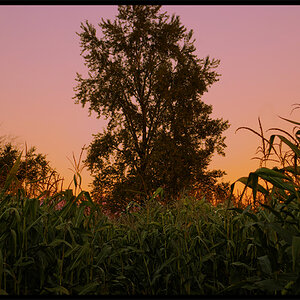
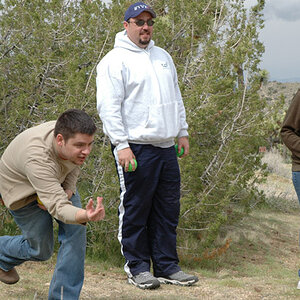

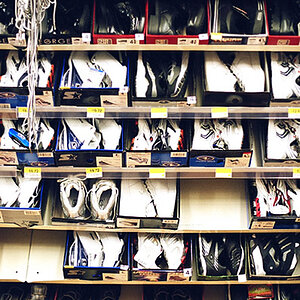
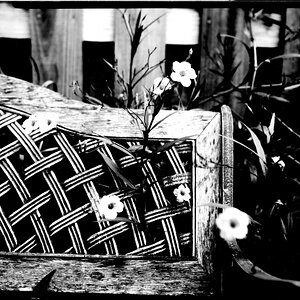
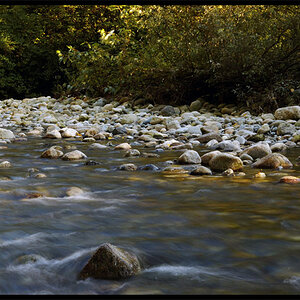
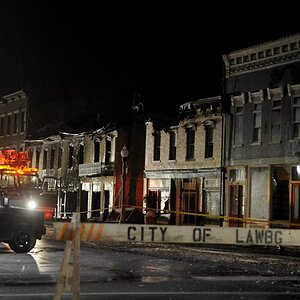
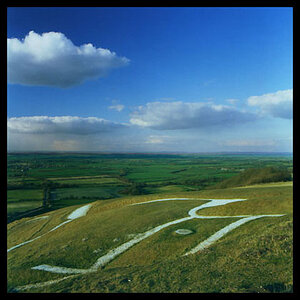
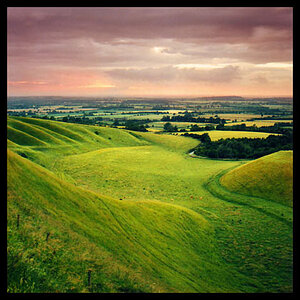
![[No title]](/data/xfmg/thumbnail/37/37539-ae46a74e6510aad73c9101a029847880.jpg?1619738133)
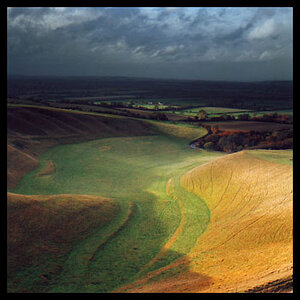
![[No title]](/data/xfmg/thumbnail/32/32809-afb9514cb8c02e2e41c241946e185251.jpg?1619735668)